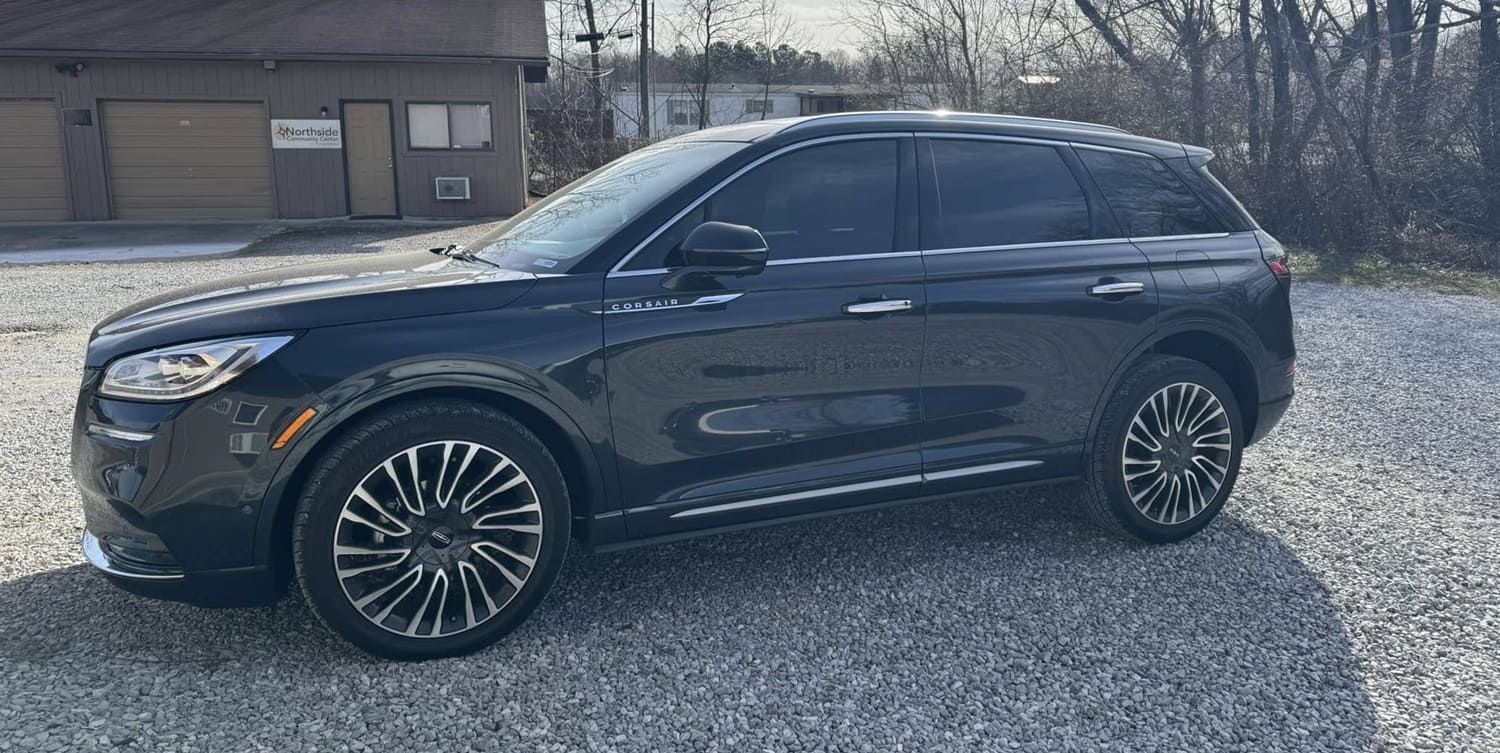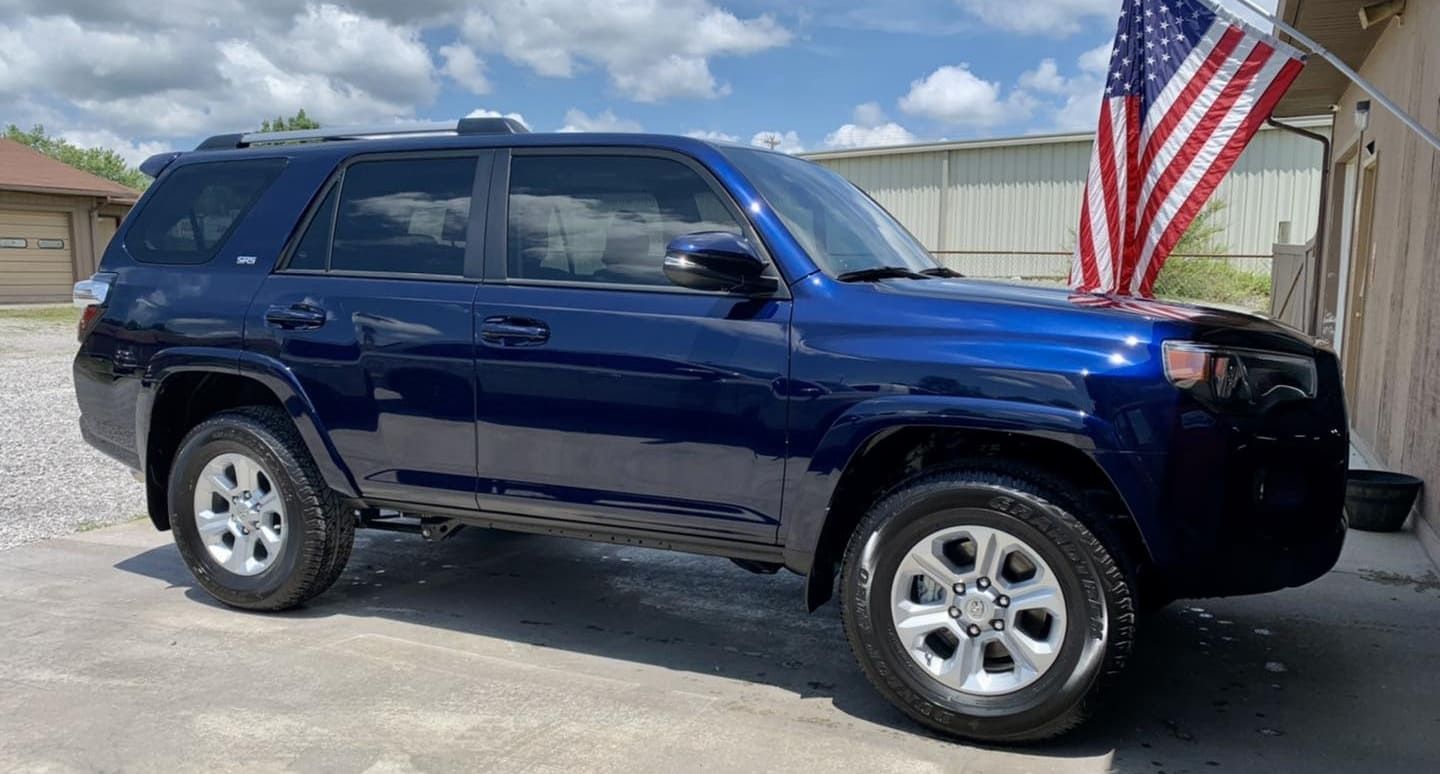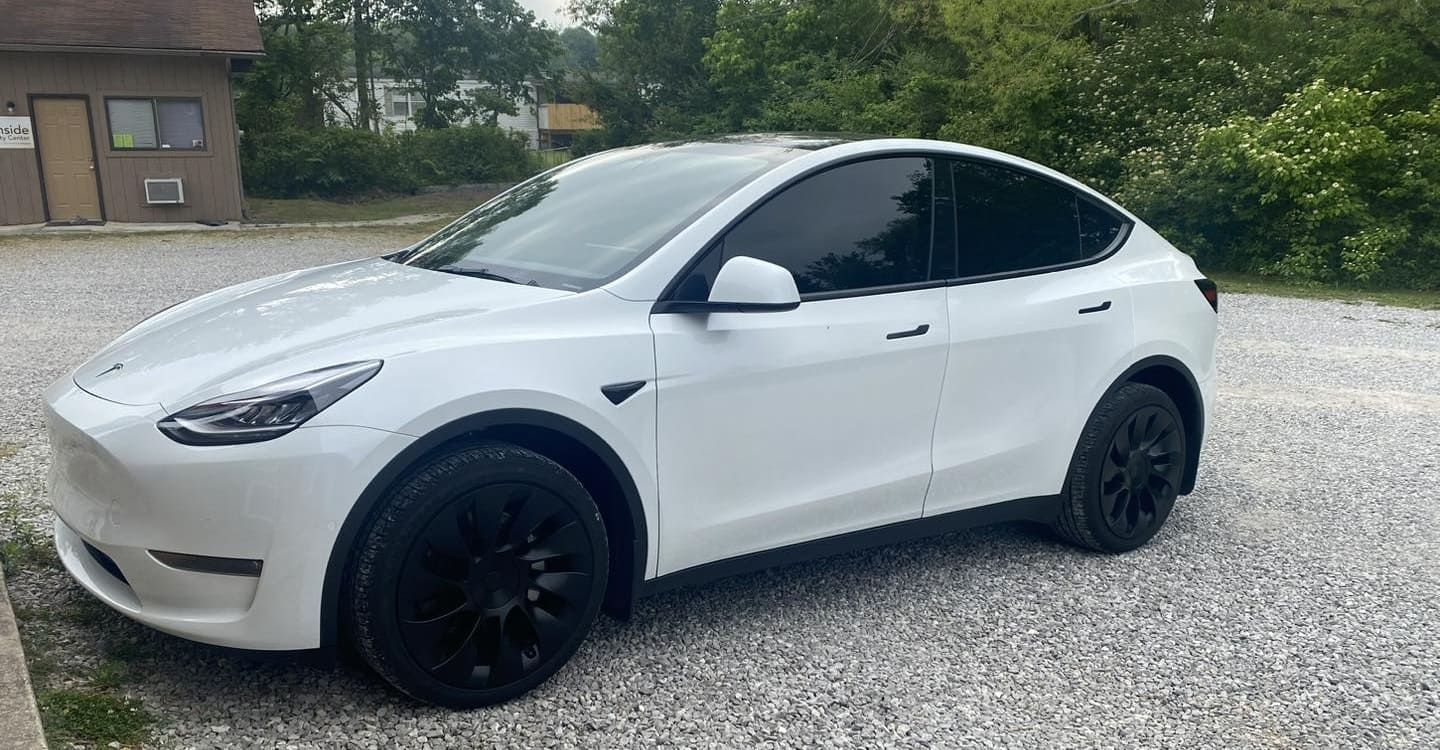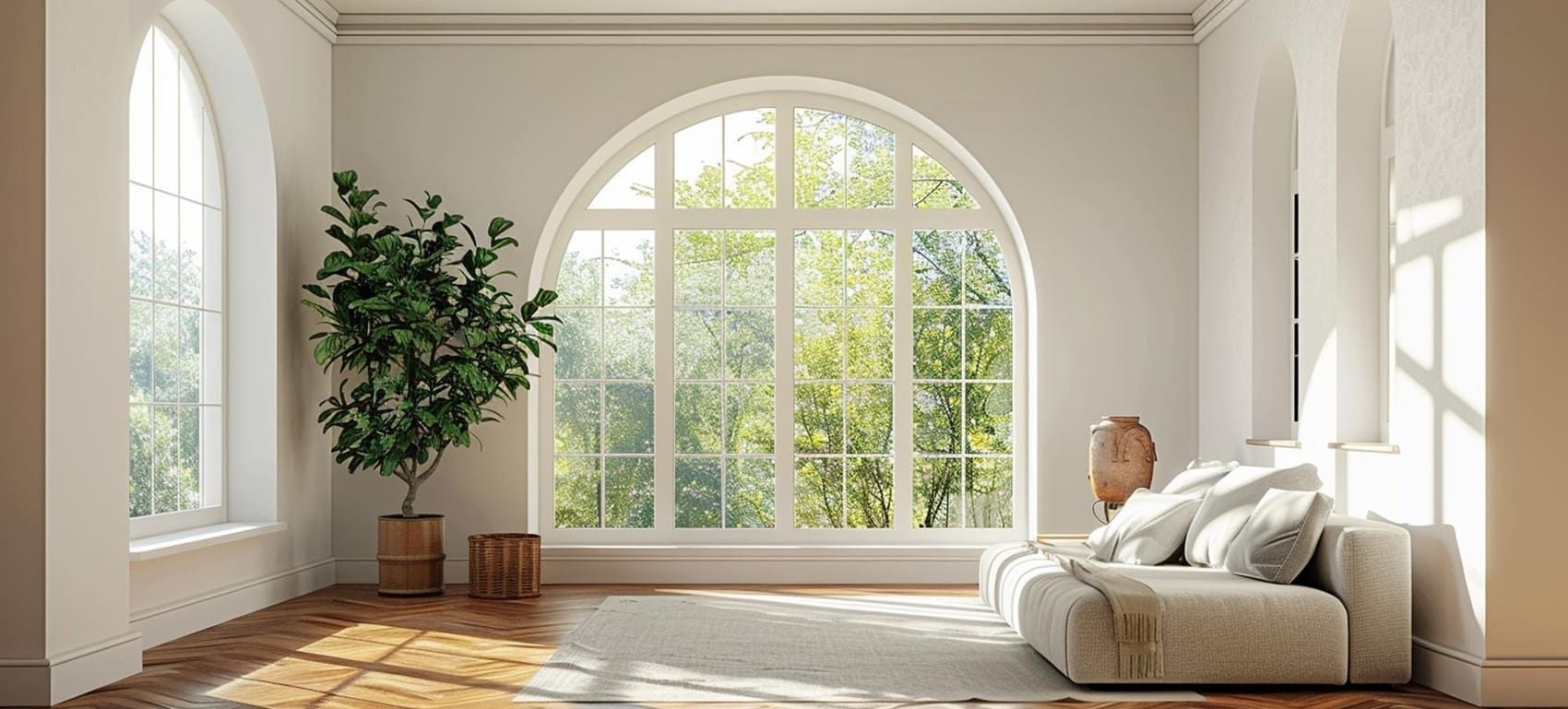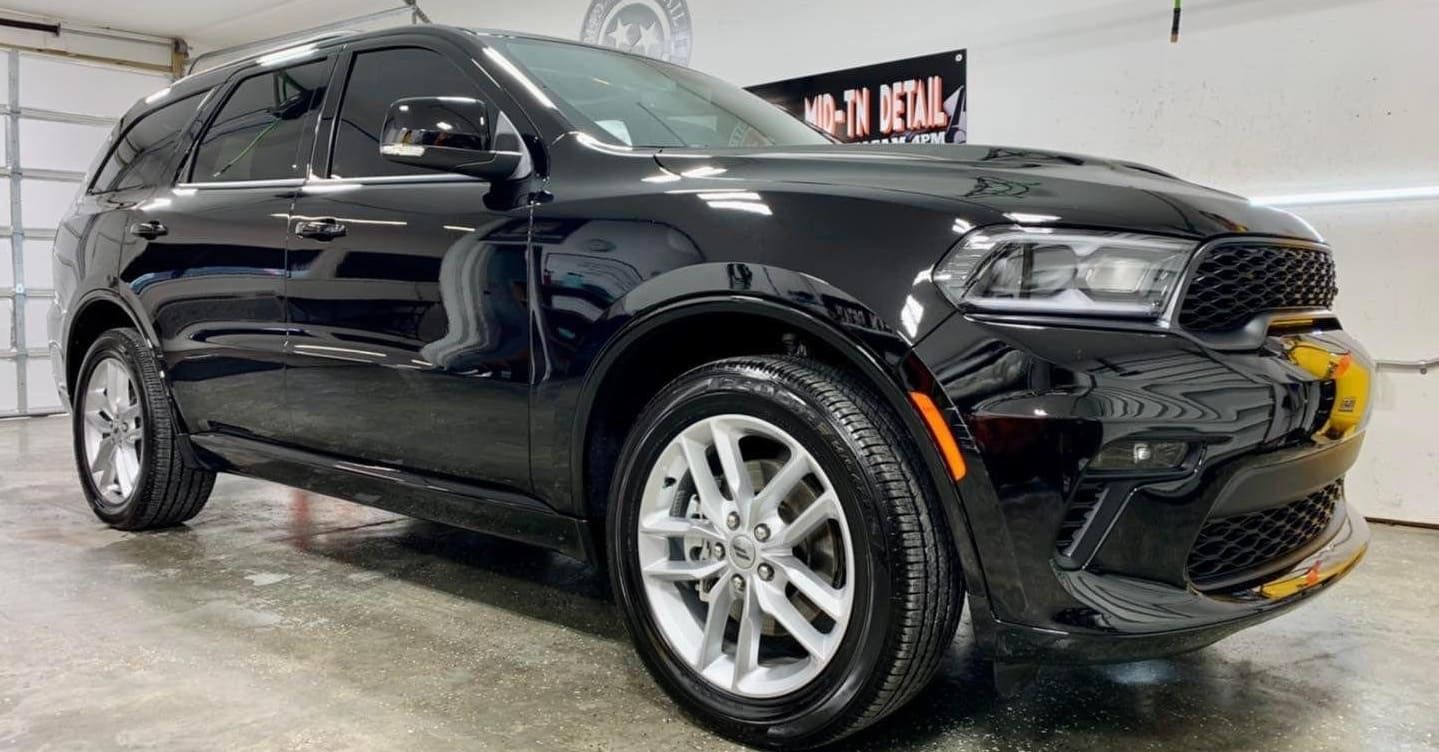The Impact of Window Tinting on Fuel Efficiency: Myth or Fact?
Ever wondered if tinting your car windows could actually save you gas money? It's a question that gets tossed around a lot. Some folks swear by it, saying it makes a big difference, while others think it's just a bunch of hot air. This article is here to clear up the confusion. We'll dig into how window tinting might help with fuel efficiency, look at what the experts say, and see what real drivers have experienced. By the end, you'll know if tinting is worth it for your wallet and the planet.
Key Takeaways
- Car window tinting can potentially reduce fuel consumption by decreasing the need for air conditioning.
- Tinting helps keep your vehicle cooler by blocking out solar heat, which might lead to fuel savings.
- Different types of window tints, like ceramic and metallized, offer varying levels of heat reduction.
- Local laws vary, so it's important to check regulations before tinting your car windows.
- Proper installation is crucial to ensure the effectiveness and durability of window tints.

Understanding Car Window Tinting and Its Purposes
Enhancing Privacy and Comfort
Car window tinting isn’t just about aesthetics; it's a practical choice for many drivers. Tinted windows offer a sense of privacy, making it harder for outsiders to see into the vehicle. This is particularly useful in urban settings where traffic congestion is common. Beyond privacy, tinting helps maintain a comfortable interior temperature by reducing the amount of heat that enters the car. This can be a real lifesaver during those hot summer months when your car feels more like a sauna.
Reducing Glare and UV Exposure
Driving with the sun glaring in your eyes is not only annoying but also dangerous. Tinted windows help cut down on this glare, making it easier to see the road and other vehicles. Additionally, they block up to 99% of harmful UV rays, which are notorious for causing skin damage and fading car interiors. This UV protection is crucial for long-term health and the preservation of your car’s interior.
Preserving Vehicle Interiors
Have you ever noticed how the sun can fade and crack your car’s dashboard or seats over time? Window tinting acts like a sunscreen for your car, protecting the interior from the sun's harsh rays. This not only keeps your car looking newer for longer but can also save you money on repairs and maintenance. By reducing the sun’s impact, tinted windows help maintain the value and aesthetic appeal of your vehicle.
Choosing to tint your car windows is not just about style; it's about creating a more private, comfortable, and protected driving environment. Whether it’s shielding your eyes from glare or protecting your skin from UV rays, window tinting offers a host of benefits that go beyond mere appearance.
How Car Window Tinting Affects Fuel Efficiency
Minimizing Solar Heat Gain
Window tinting works by blocking a significant portion of the sun's heat from entering your car. This means less heat builds up inside, keeping the interior cooler. It's like wearing sunglasses for your car, cutting down that harsh sunlight. When your car isn't a sauna, you don't have to blast the air conditioning, which is a major energy hog.
Reducing Air Conditioning Demand
With a cooler car interior, your air conditioning doesn't need to work overtime. This is a big deal because running the AC can really gulp down fuel. By reducing the need to crank up the AC, window tints help you save on gas. It's a simple equation: less AC use equals less fuel burned.
Potential Fuel Savings
So, what's the bottom line? By cutting down on AC usage, window tints can lead to noticeable fuel savings. While it might not seem like much on a single trip, over time, those savings add up. Plus, with less strain on your car's engine from the AC, you might even notice a smoother ride.
"Tinting your windows isn't just about keeping cool; it's about driving smarter and saving fuel along the way."
Consider these benefits as a package deal: cooler car, less AC, and more miles per gallon. It's a win-win for your wallet and your comfort.
The Science Behind Heat Transfer and AC Usage
So, let's talk heat transfer. It's pretty much how heat moves from one place to another. In your car, the sun sends in heat through the windows, making it feel like a sauna. Window tints help by blocking some of that heat. They do this by filtering out certain light waves, keeping the inside cooler without needing to crank up the AC.
Impact of AC on Fuel Consumption
Running the AC in your car isn't just about comfort; it hits your fuel tank too. The AC draws power from your engine, which means more fuel is burned to keep things cool. When you use window tinting, it reduces the need for AC by keeping the car cooler naturally. Less AC means less fuel burned, simple as that.
Role of Window Tinting in Energy Efficiency
Window tinting can be a game-changer for your car's energy use. By cutting down on how much heat gets in, you rely less on the AC. This doesn't just save fuel; it can also extend the life of your car's AC system by not overworking it. So, with tinting, you're not just saving on gas but also maybe on future repair bills.
Window tinting offers a practical way to cut down on fuel use while keeping your car comfortable, making it a smart choice for those looking to save money and energy.
Types of Automotive Window Tints and Their Efficiency
When you're thinking about adding a tint to your car's windows, it's not just about looking sleek. The type of tint you choose can actually have a big impact on how well it works. Let's break down the main types of automotive window tints and see what they bring to the table.
Dyed Tints
Dyed tints are the most basic and budget-friendly option out there. They work by applying a layer of dye to the film, which helps absorb solar heat. This means your car stays a bit cooler, and it also cuts down on glare from the sun. However, while they do offer some UV protection, they aren't the best at keeping heat out compared to other types. Plus, over time, the dye can fade, which might mean more frequent replacements if you're in a sunny spot.
Metallized Tints
These tints are all about reflecting heat. They have tiny metallic particles embedded in the film, which makes them more effective at reducing heat and blocking UV rays compared to dyed tints. They also add a bit of strength to your windows. But there's a catch: the metal in these tints can interfere with signals, like your GPS or cell phone reception. So, if you're someone who relies on tech gadgets, that might be something to think about.
Ceramic Tints
Ceramic tints are like the luxury option. They don't have any metal, so no worries about signal interference. Instead, they use ceramic particles to block heat and UV rays. This makes them super effective at keeping your car cool and protecting your interior. They also tend to be more durable and don't fade over time. The downside? They can be pricier than other options, but many say the benefits are worth the cost.
Choosing the right tint isn't just about looks—it's about finding the balance between cost, effectiveness, and any potential drawbacks like signal interference or fading. Think about what matters most to you and where you drive most often before making a decision.
Real-World Benefits of Car Window Tinting
Fuel Savings and Comfort
Tinted windows are more than just a style statement. They can actually help you save on gas. How? By keeping your car cooler, you don't have to crank up the air conditioning as much. Less AC means less fuel burned. Some folks report seeing their fuel economy improve noticeably after tinting their windows. It's like giving your car a little eco-friendly upgrade without any major changes.
Expert Opinions and Case Studies
Experts often back up these claims. Many studies show that window tinting can lead to real fuel savings. For instance, drivers in hotter climates notice a significant drop in their fuel bills after getting their windows tinted. Case studies often highlight how tinted cars maintain a more stable internal temperature, reducing the need for air conditioning.
Long-Term Advantages
Over time, the benefits of window tinting add up. Not only do you save on fuel, but you also protect your car's interior from fading and cracking due to sun exposure. This means your car looks newer for longer, potentially increasing its resale value. Plus, by reducing glare, you make driving safer and more comfortable. It's a small investment that pays off big time in the long run.
Tinting your car windows isn't just about aesthetics; it's about creating a more comfortable, efficient, and
long-lasting driving experience. It's a simple change that can make a significant impact over time.
Legal Considerations and Tint Variations
Understanding Local Regulations
When it comes to window tinting, laws can be a real mixed bag depending on where you live. Each state, and sometimes even individual counties or cities, have their own rules about how dark or reflective your car windows can be. These regulations aren't just about keeping things looking uniform; they're also about safety. If your tint is too dark, it might make it hard to see at night or during bad weather, which can be dangerous.
Permissible Tint Darkness
Tint darkness is measured by Visible Light Transmission (VLT), which tells you how much light can get through the tint. Here's a quick look at common VLT levels:
5% VLT (Limo Tint): Super dark, great for privacy but often illegal in many places.
20% VLT: Still pretty dark, offers privacy while allowing some visibility.
35% VLT: A nice middle ground, balancing privacy and visibility.
50% VLT: Lets in more light, usually meets legal standards in many areas.
70% VLT: Very light tint, mostly for UV protection and aesthetics.
Before you get your windows tinted, it's a good idea to check what your local laws say about VLT levels. That way, you won't end up with a ticket or have to peel off your brand-new tint.
Compliance and Safety
Staying on the right side of the law with your window tinting isn't just about avoiding fines. It's also about making sure your car is safe to drive. Overly dark tints can make it hard to see, especially at night or in bad weather, which is why there are laws in place. If you're not sure about the rules, your best bet is to check with the DMV or a local expert who knows the ins and outs of tinting laws in your area.
"Being aware of the tint laws where you live can save you from fines and make sure your vehicle is safe for you and others on the road."
Potential Drawbacks and Limitations of Tinting
Installation Issues
Getting your car windows tinted sounds like a slick upgrade, but it can go south if not done right. Ever seen those bubbles or peeling edges on tinted windows? That's usually from a botched installation. You might think you're saving a buck doing it yourself, but without the right tools or skills, those bubbles will pop up and ruin the look. Plus, if the tint isn’t applied perfectly, it might not stick well, leading to peeling over time. Trust me, it’s worth considering a pro to avoid these headaches.
Legal Restrictions
Tinting laws are all over the map, literally. Each state, or even city, has its own rules about how dark you can go. Overdo it, and you might find yourself with a ticket or worse. These regulations aren’t just to make life hard; they're about safety. Too dark, and you could have trouble seeing at night or in bad weather. Before you get your windows tinted, it’s smart to check out what’s legal in your area. Better safe than sorry!
Effectiveness Variability
Not all tints are created equal. Some might promise the moon but deliver a flashlight. The effectiveness of the tint in blocking heat and UV rays can vary widely. If you go for a cheaper option, you might not get the protection you’re hoping for. This could mean your car still heats up like an oven in the sun, defeating the purpose of tinting in the first place. It’s crucial to do a bit of homework on the different types of tints and choose one that matches your needs and expectations.
While window tinting can be a great addition to your car, making sure it's done right and within legal limits is key. A little research and investment in quality can save a lot of hassle down the road.

The Future of Car Window Tinting Technology
Innovations in Tint Materials
The world of car window tinting is evolving with remarkable innovations in materials. Traditional films are being replaced by advanced options that offer improved performance. For example, nanotechnology is being used to create films that can block heat without reducing visibility. These films are not only more effective but also thinner and lighter, making them easier to apply and less intrusive.
Eco-Friendly Solutions
As environmental concerns grow, the industry is shifting towards eco-friendly solutions. Manufacturers are developing tints that reduce energy consumption by improving a vehicle's thermal efficiency. These tints help in lowering the reliance on air conditioning, thus cutting down on fuel use and emissions. Additionally, some new tints are made from recyclable materials, reducing their environmental impact.
Integration with Vehicle Design
Window tinting is no longer just an aftermarket addition. Car manufacturers are beginning to integrate tinting technology into the design of vehicles. This integration allows for a seamless aesthetic and enhances the vehicle's overall functionality. Features like adjustable tinting, which can change darkness levels based on sunlight exposure, are becoming more common, offering drivers greater control over their driving environment.
The future of car window tinting is not just about keeping the sun out. It's about creating a more comfortable, efficient, and eco-friendly driving experience. As technology advances, the possibilities for innovation in this field are endless.
Conclusion: Balancing Myths and Facts
So, after all this digging into window tinting and fuel efficiency, where do we stand? Well, it's clear that window tinting isn't just about making your car look cool or keeping prying eyes out. There's a bit more to it.
At Cookeville Window Tint, an Exclusive LLumar SelectPro Dealer in Cookeville, we understand the various benefits that window tinting brings beyond aesthetics. While window tinting might not be a magic bullet for saving gas, it does help in keeping your car cooler. This means your AC doesn't have to work overtime, which could lead to some fuel savings. But remember, it's not a substitute for other fuel-saving habits like regular maintenance or smart driving.
In the end, window tinting offers a mix of benefits—some direct, like UV protection, and some indirect, like potential fuel savings. So, if you're thinking about getting your windows tinted, it's worth considering these perks. Just make sure to follow the local laws and get it done right to avoid any hiccups. Contact Cookeville Window Tint today for a free estimate and let our experts help you maximize the benefits of window tinting for your vehicle.
Frequently Asked Questions
What is car window tinting?
Car window tinting is when a thin film is applied to the windows of a car. This film can make the windows darker, which helps with privacy, cutting down on glare, and keeping the car cooler by blocking some sunlight.
Can window tinting really save fuel?
Yes, window tinting can help save fuel. By blocking sunlight, the car stays cooler, so the air conditioning doesn't have to work as hard. This means the car uses less fuel.
Are there different types of window tints?
Yes, there are several kinds of window tints, like dyed, metallized, and ceramic. Each type has different benefits, like how well they block heat or how they look.
Is window tinting legal everywhere?
No, window tinting laws are different depending on where you live. Some places have rules about how dark the tint can be, so it's important to check local laws before getting your windows tinted.
Does window tinting affect visibility at night?
Good quality window tints are designed to not block your view at night. They reduce glare from headlights and the sun, but still let you see clearly.
What are the downsides of window tinting?
Some downsides include the possibility of bubbles or peeling if not installed properly. Also, if the tint is too dark, it might not be legal in your area.
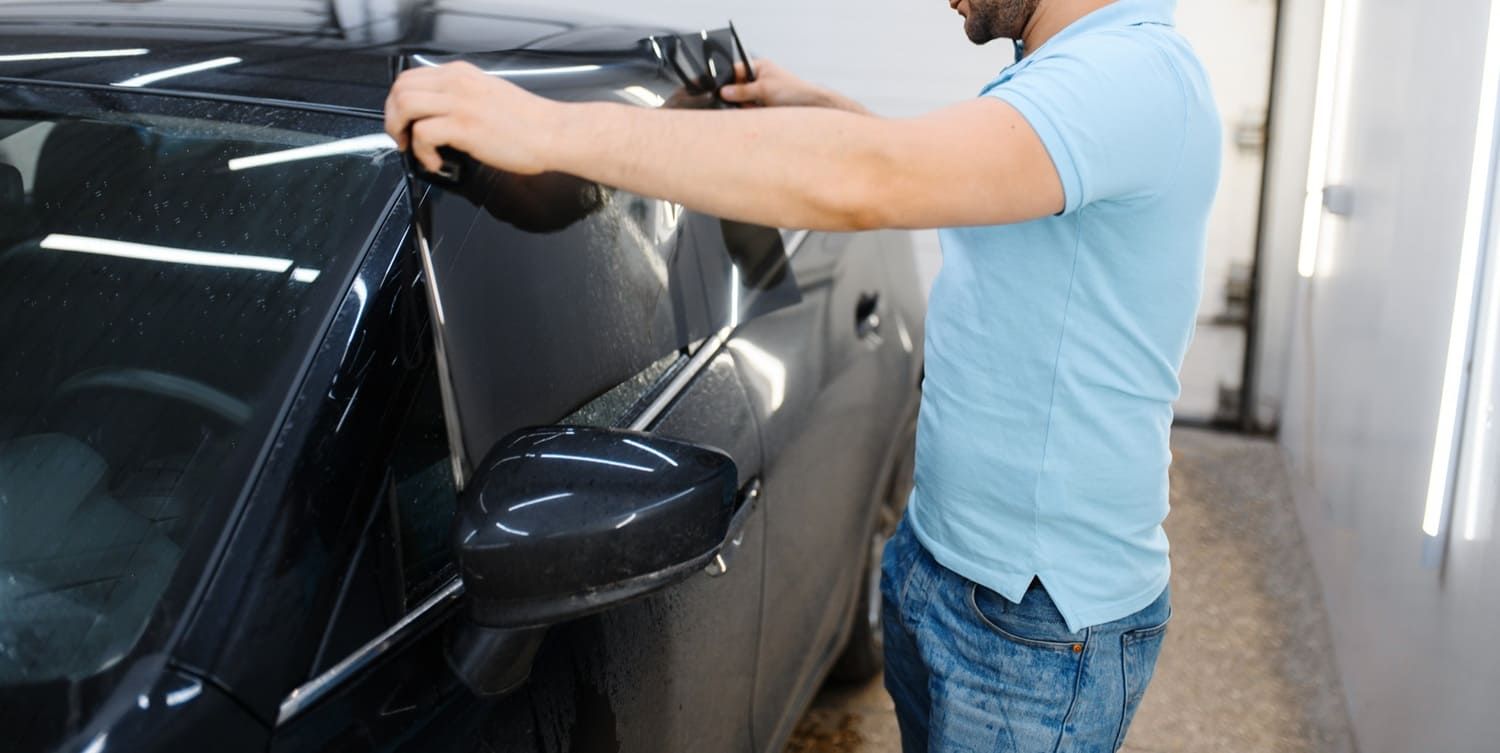
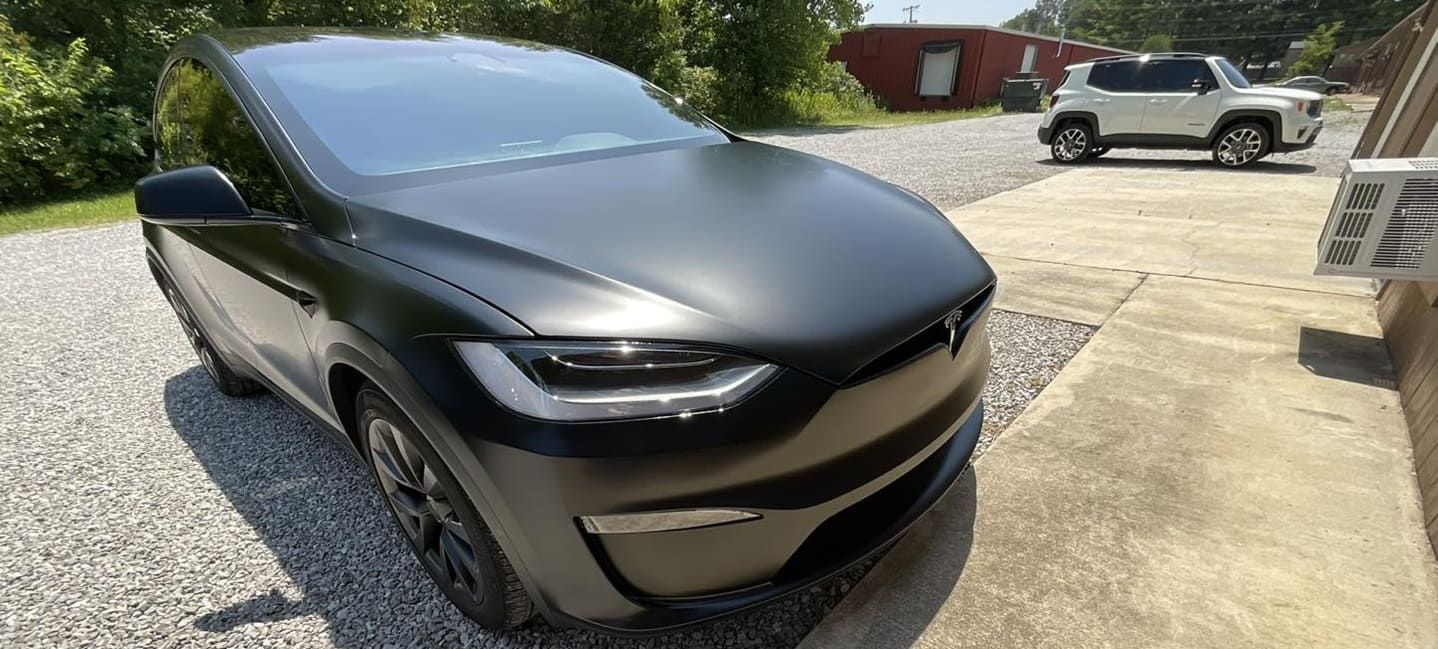
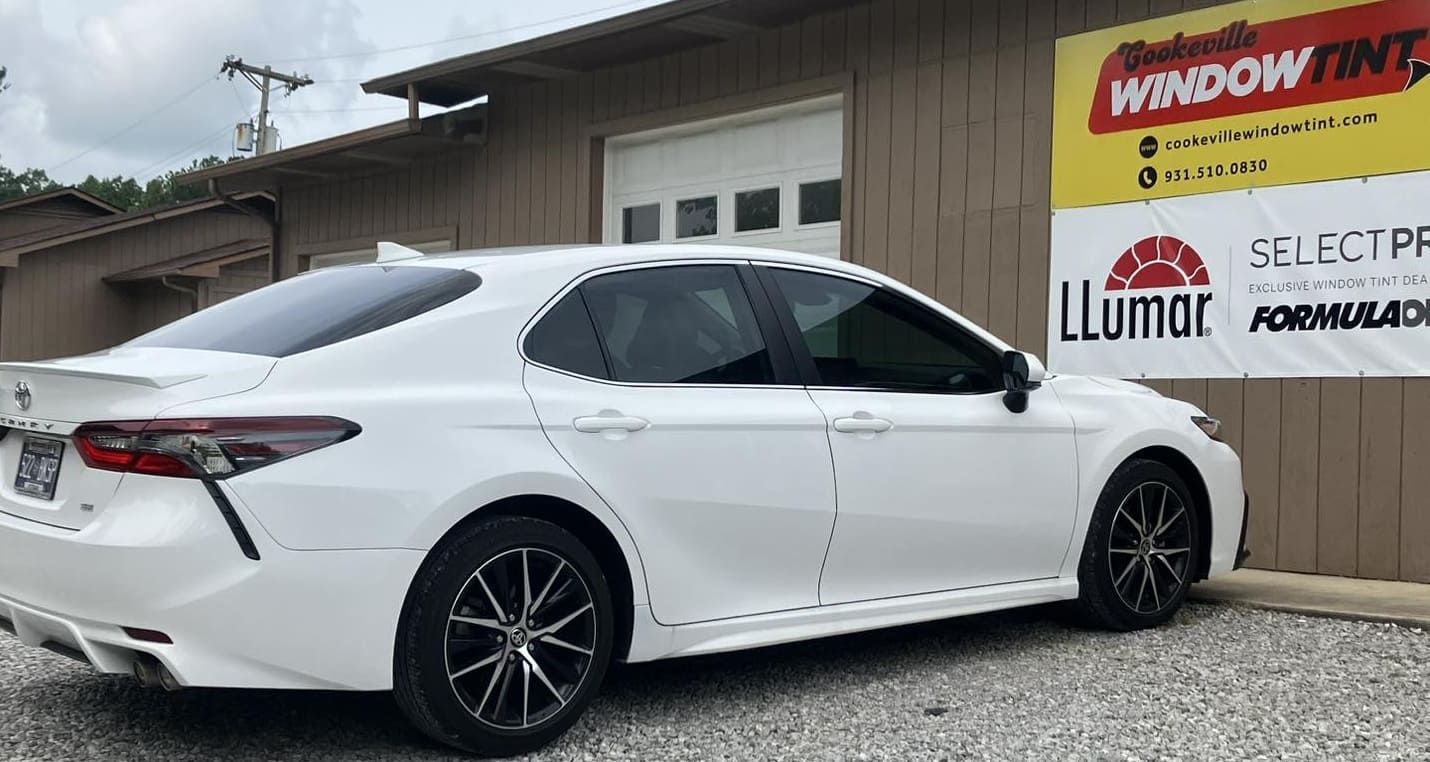
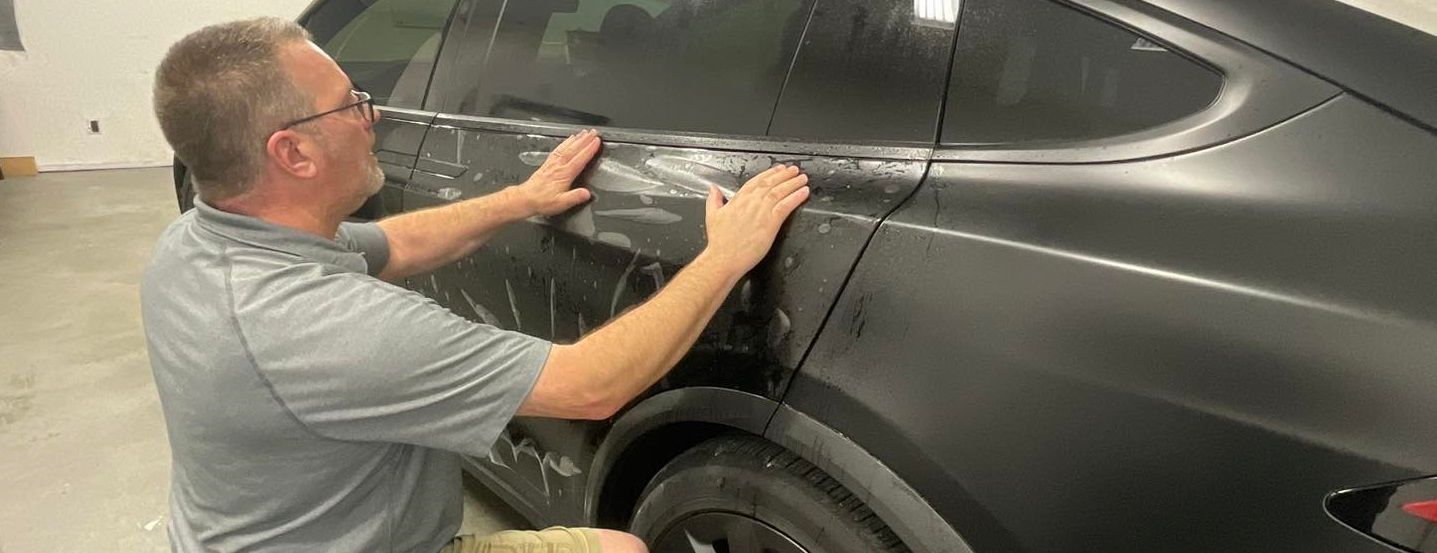

BUSINESS HOURS
Monday - Friday: 8AM - 4PM
Saturday - Sunday: CLOSED
All Rights Reserved | Cookeville Window Tint

